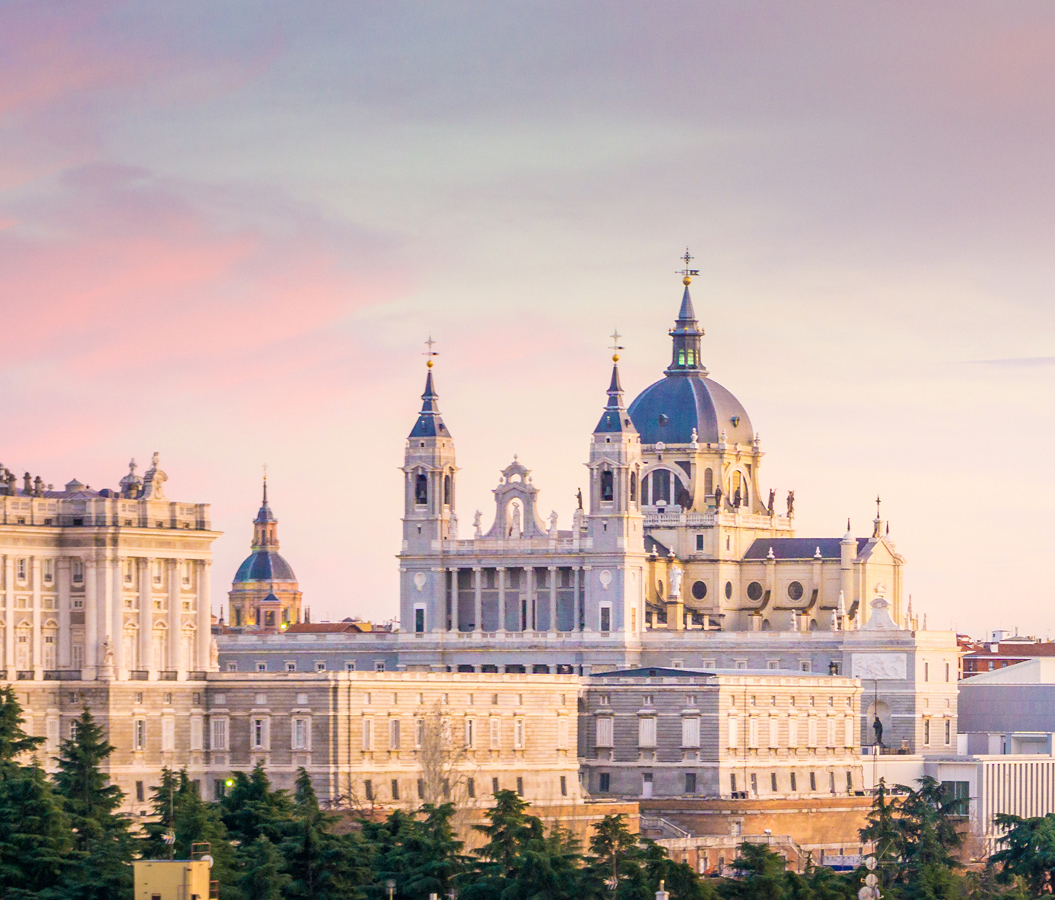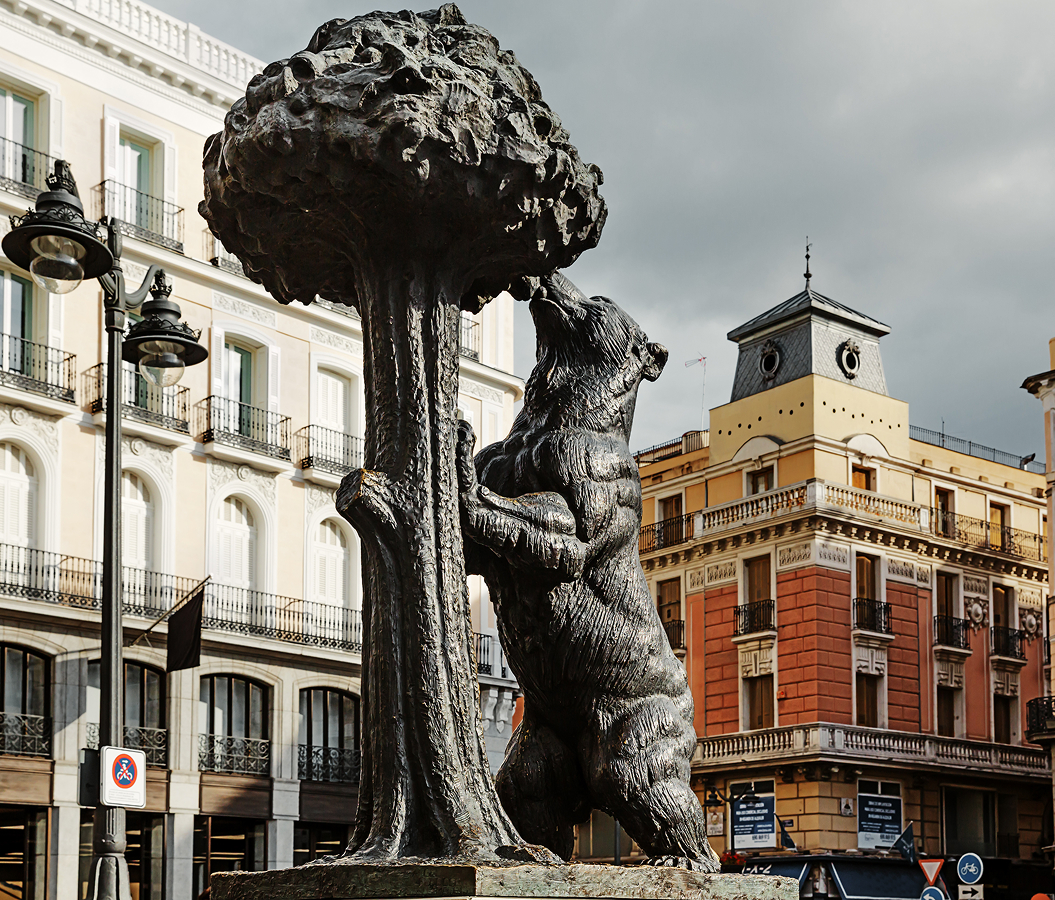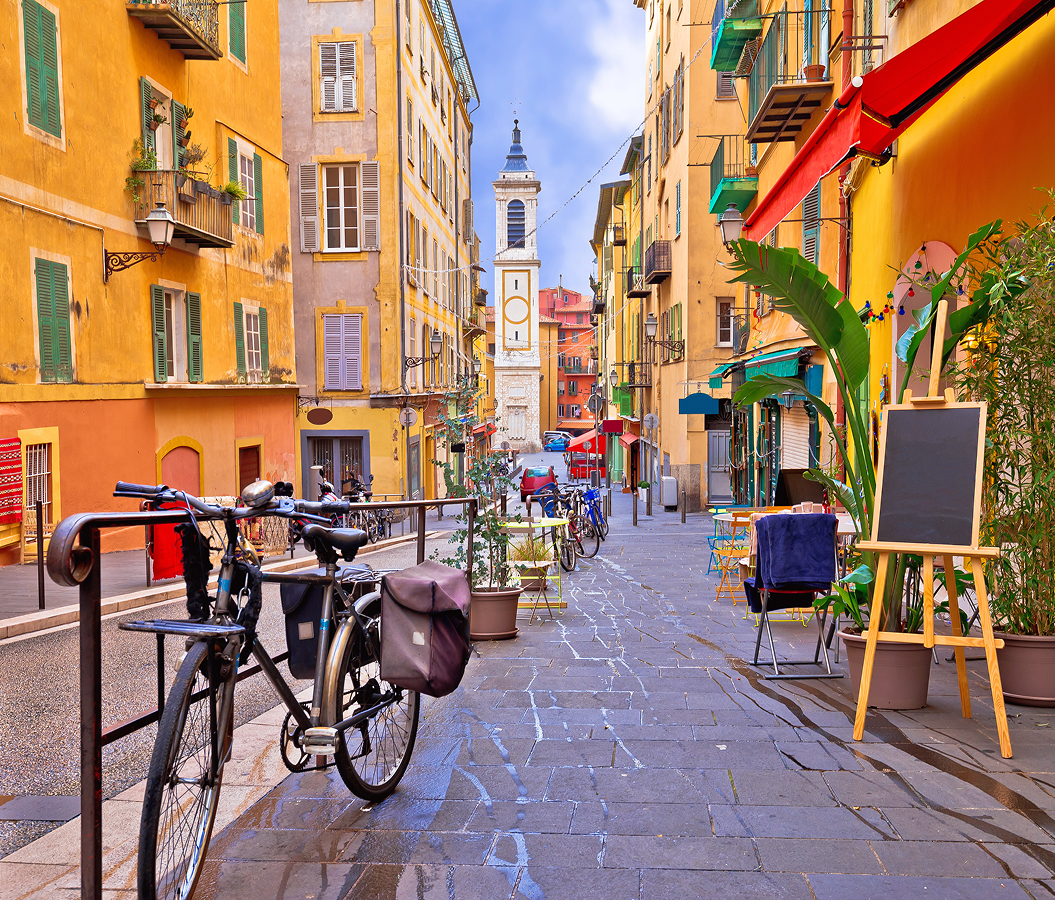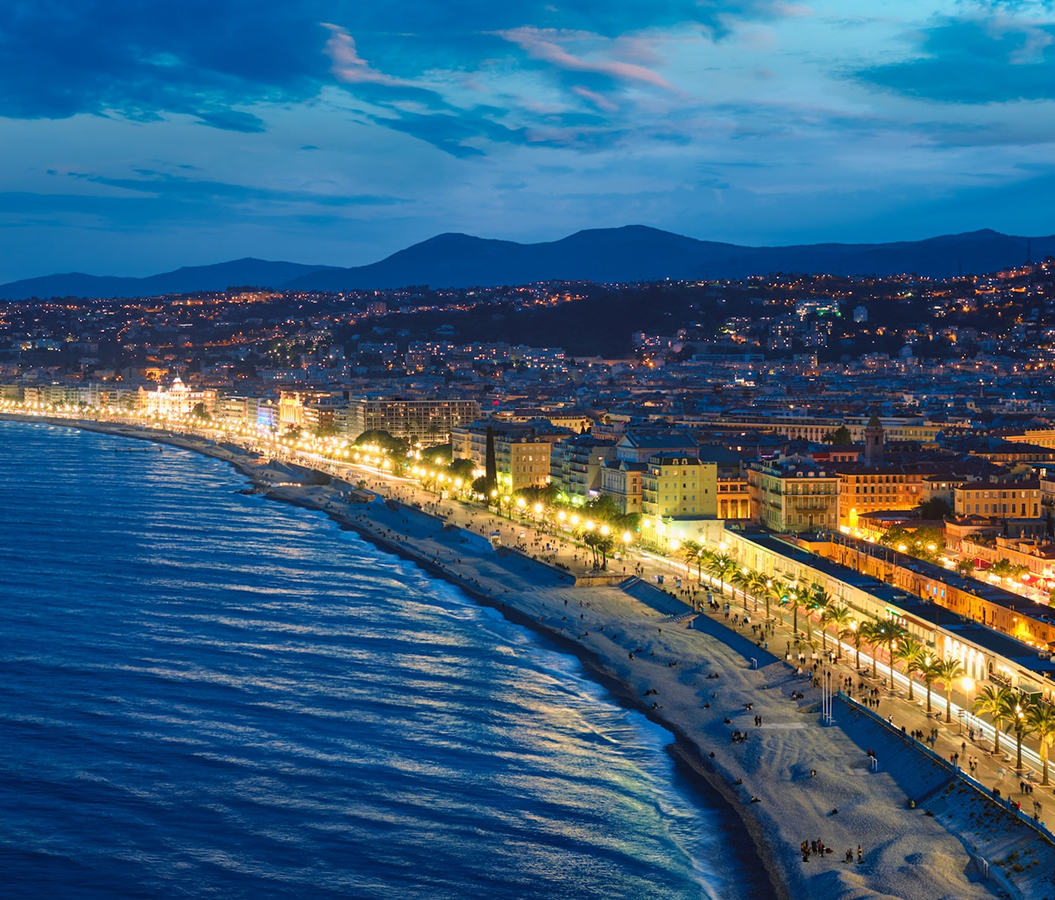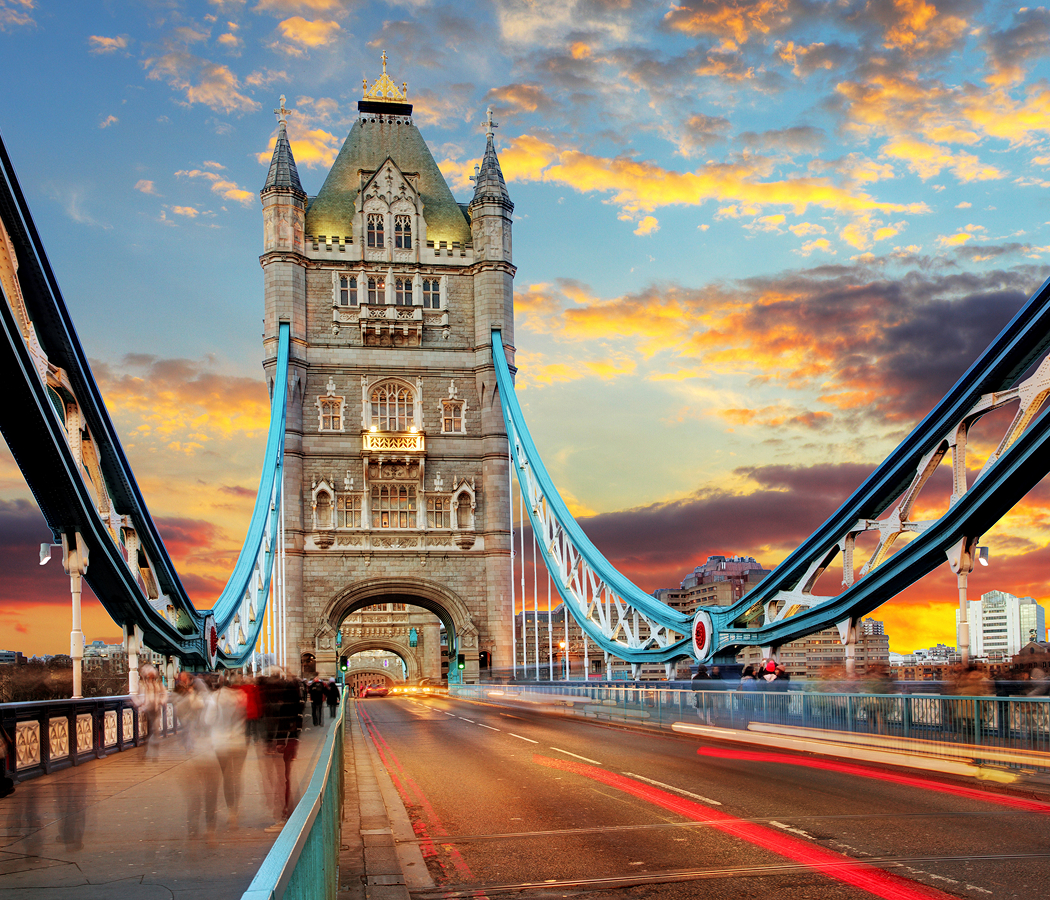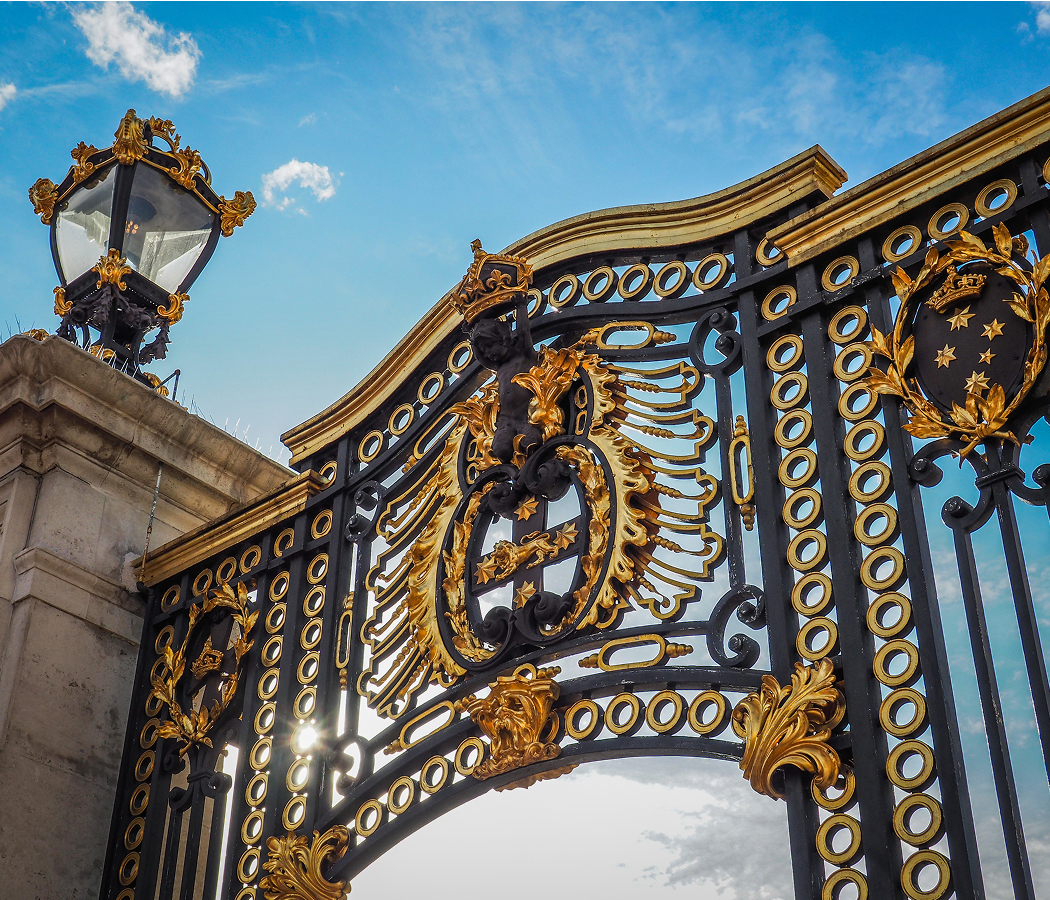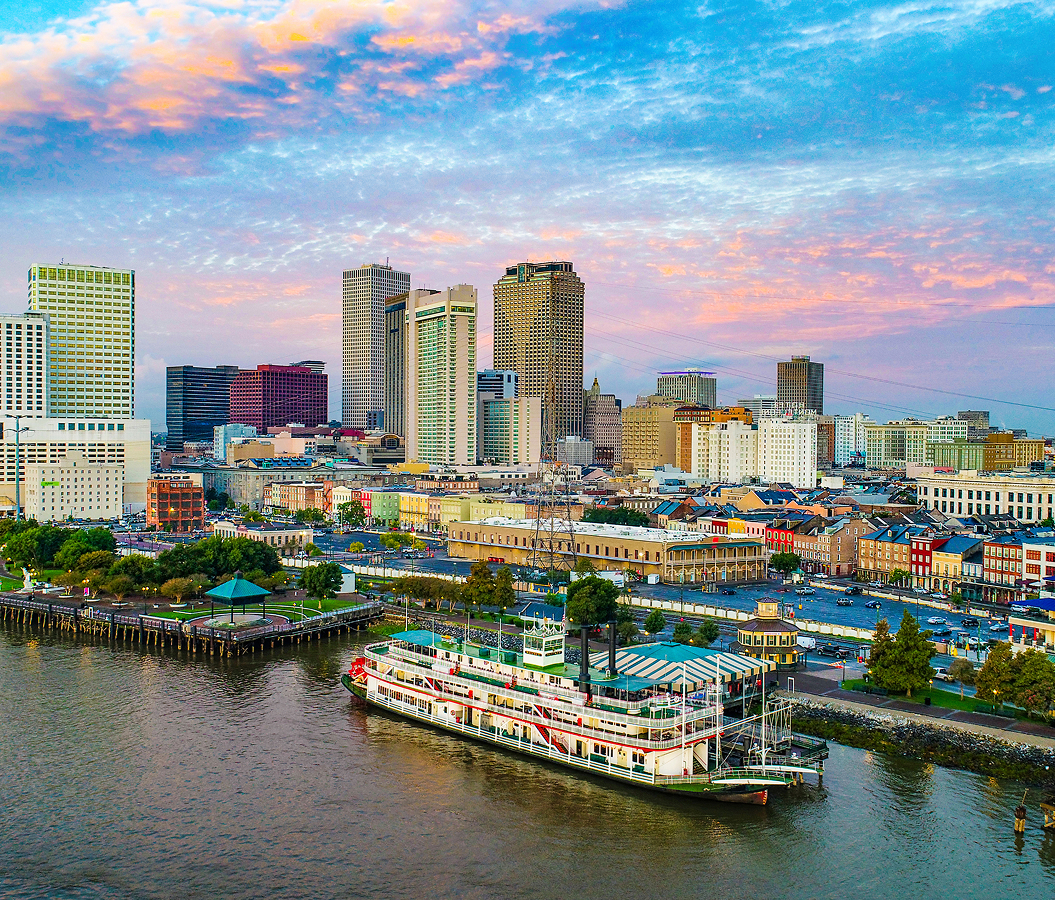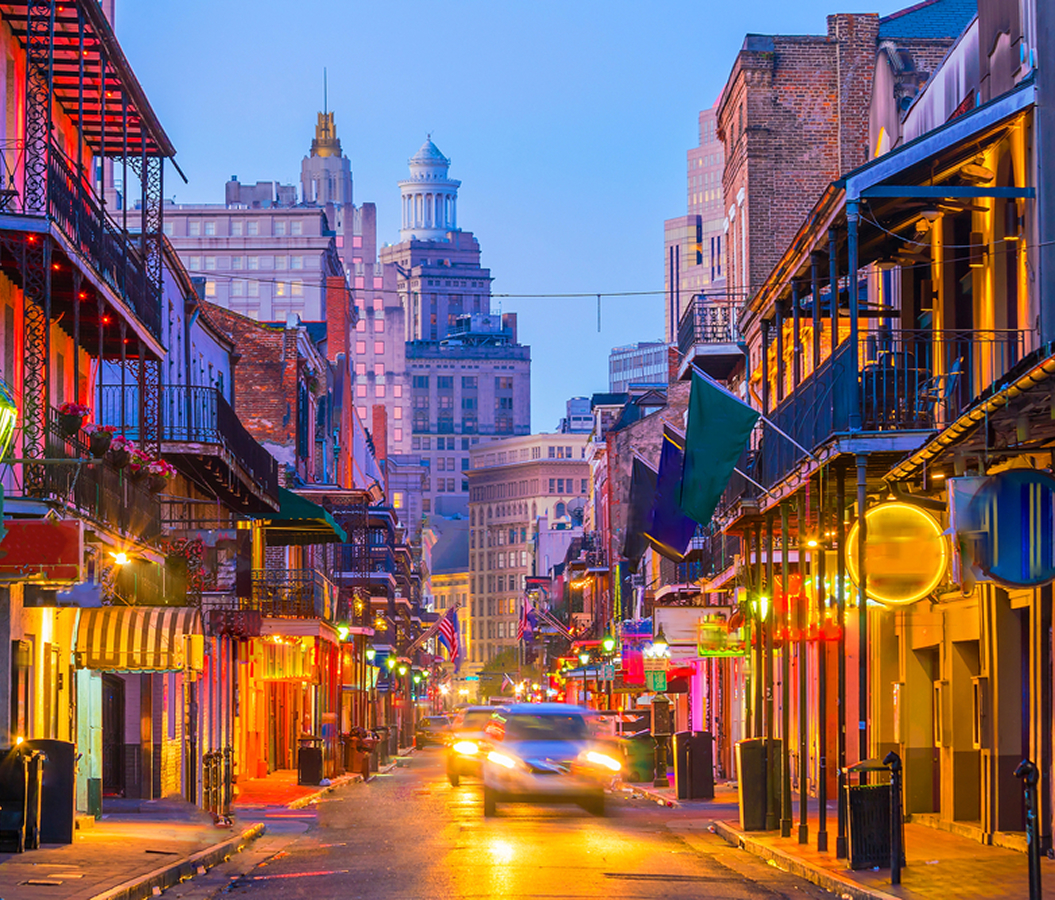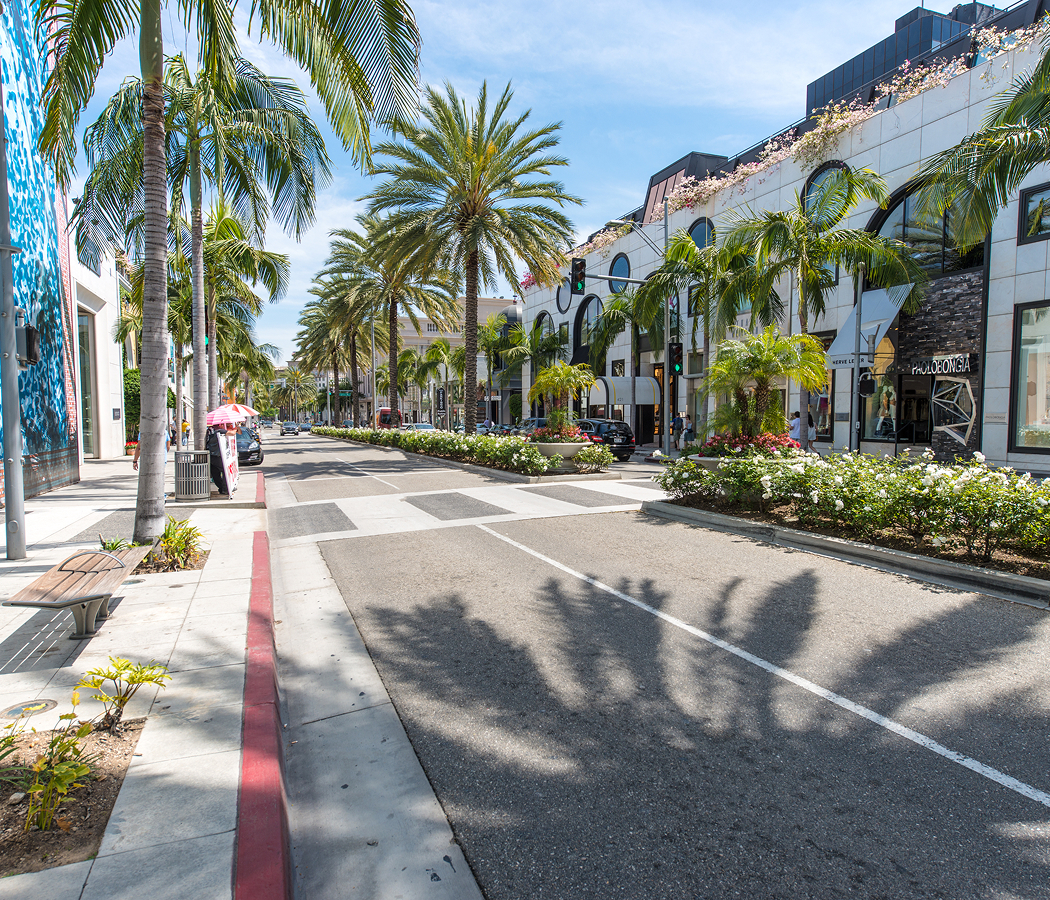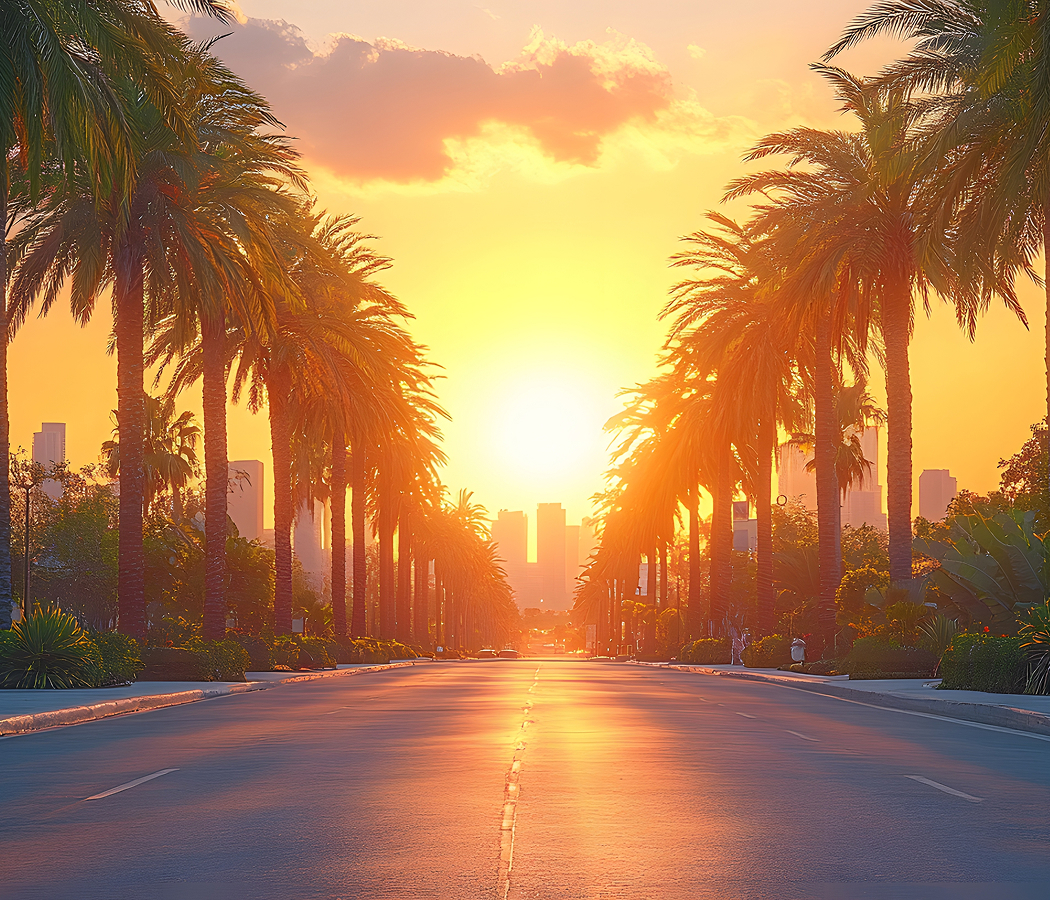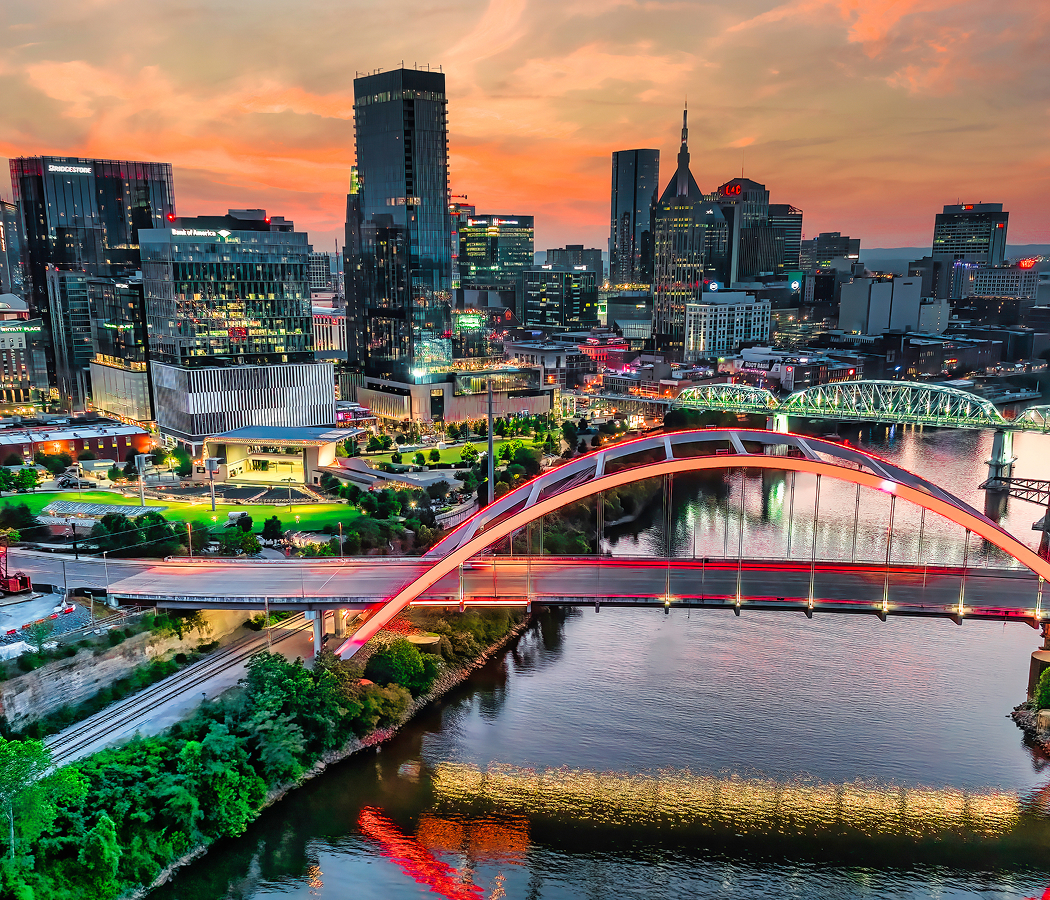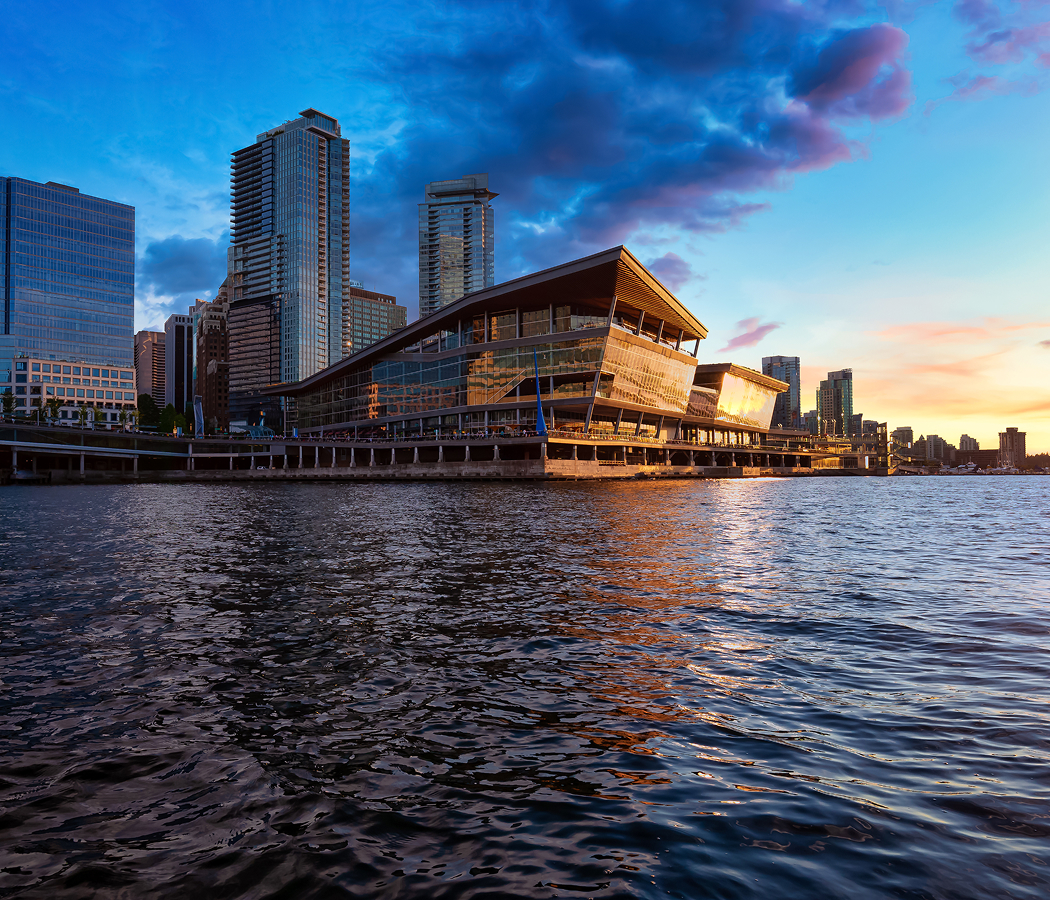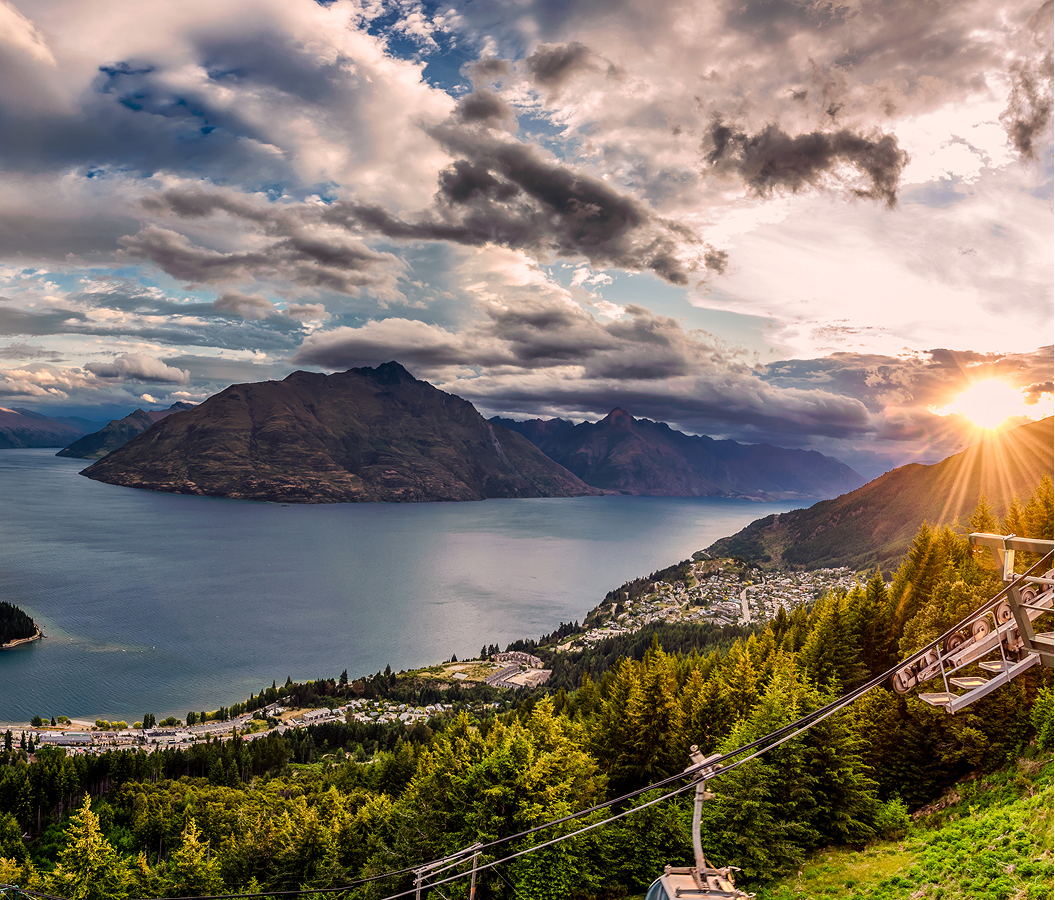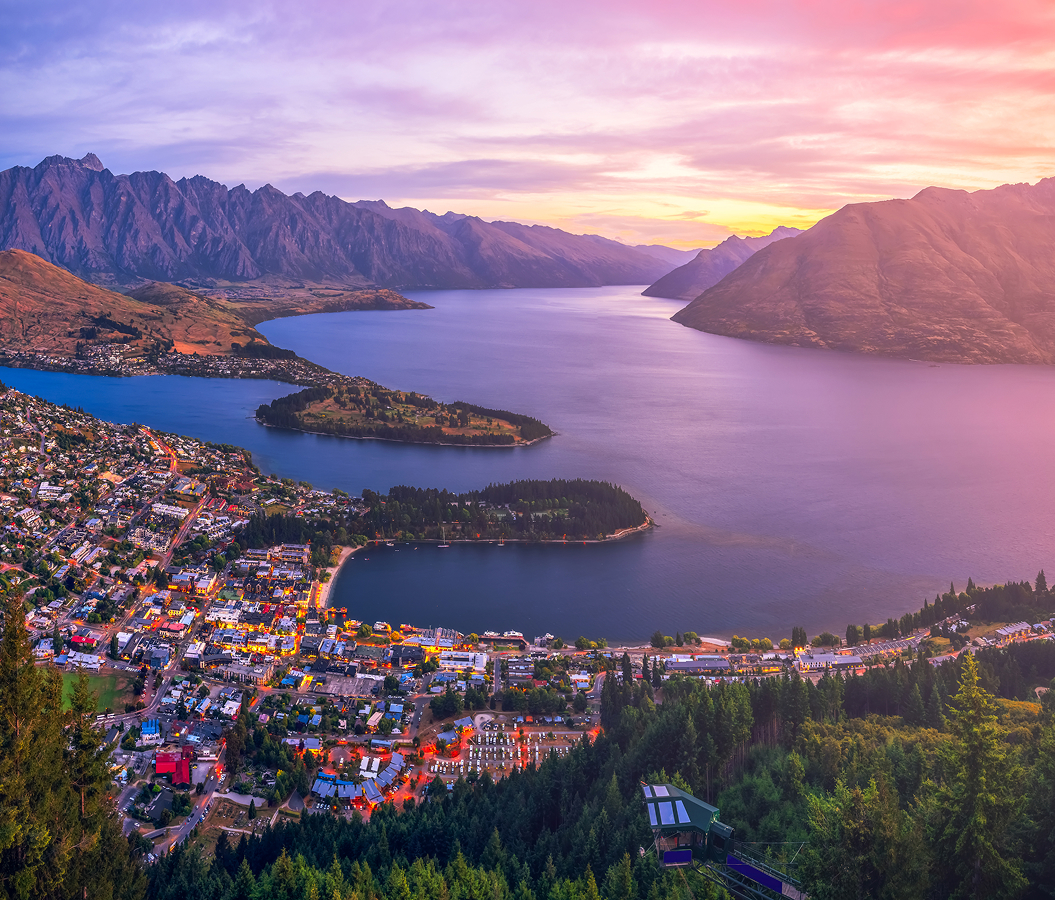
Why you should experience the Museo Nacional Centro de Arte Reina Sofía (Museo Reina Sofía) in Madrid.
The Museo Nacional Centro de Arte Reina Sofía, or simply the Museo Reina Sofía, is Madrid’s beating modern heart, a bold counterpoint to the classical serenity of the Prado and the polished refinement of the Thyssen-Bornemisza.
Housed in a vast 18th-century hospital reinvented as a temple of modernity, the museum pulses with creativity, rebellion, and emotion. It’s here that Spain’s 20th-century soul unfolds, in brushstrokes of anguish, hope, and revolution. Walking through its minimalist glass corridors, you sense the air thick with history, the echoes of a nation that endured dictatorship and redefined freedom through art. This is the home of Guernica, Picasso’s monumental anti-war masterpiece, not just a painting, but a cry that still reverberates through the world. Yet beyond that single canvas lies a labyrinth of modern expression: Dalí’s dreamscapes, Miró’s abstractions, Tàpies’ textures, and Oteiza’s geometric spirituality. The Reina Sofía doesn’t seduce with ornament or grandeur, it challenges, provokes, and transforms. It’s not a museum you admire from a distance; it’s one that looks you in the eye and dares you to feel something.
What you didn’t know about the Museo Nacional Centro de Arte Reina Sofía.
The Reina Sofía’s story is inseparable from Spain’s own transition from repression to democracy, a cultural rebirth forged in art and memory.
Opened in 1992 and named for Queen Sofía, the museum was conceived not as a monument to modernism, but as a dialogue, between past and present, between pain and possibility. The building itself, originally the General Hospital of Madrid, was reimagined by British architect Ian Ritchie, who added striking glass and steel towers to contrast its neoclassical bones. The result is architectural symbolism at its finest: transparency embracing tradition. But the true heartbeat of the Reina Sofía is Guernica. Painted by Picasso in 1937 after the Nazi bombing of the Basque town of the same name, the mural stands as one of the most powerful artistic testaments to human suffering ever created. For decades, Guernica remained in New York’s Museum of Modern Art, as Picasso insisted it could return to Spain only when democracy was restored. Its arrival at the Reina Sofía in 1981 marked not just a homecoming, but the spiritual completion of Spain’s democratic transition. Surrounding Guernica are the artist’s preparatory sketches and photographs by Dora Maar, offering a rare window into the genesis of genius. Yet the museum’s scope extends far beyond Picasso. It charts the full arc of Spanish modern art, from Surrealism and Constructivism to post-Franco conceptualism. Dalí’s The Great Masturbator blurs eroticism and subconscious; Miró’s poetic symbols dance in primary color; while contemporary Spanish artists like Juan Muñoz and Cristina Iglesias reinterpret space, sound, and identity for a global era. The Reina Sofía also houses international masters, Kandinsky, Rothko, Bacon, each work carefully woven into the narrative of Spain’s modern awakening. Its archives and photography collections, meanwhile, trace the intersections of art and activism, the moments when creativity became resistance.
How to fold the Museo Nacional Centro de Arte Reina Sofía into your trip.
The Reina Sofía is best experienced with open eyes and an open mind, it’s not a linear stroll through beauty, but a confrontation with emotion.
Begin your visit in the second-floor galleries dedicated to the Spanish Civil War and Guernica. Stand before the painting’s immense monochrome chaos, fractured figures, weeping mothers, screaming horses, and let it overwhelm you. The silence in that room is almost sacred, a collective breath held between outrage and awe. Move next through the surrounding rooms to see how Picasso’s contemporaries wrestled with the same turmoil, through collage, abstraction, and photography. Then allow yourself to wander. The museum’s layout is intentionally disorienting, part of its magic. One corridor opens into a Dalí dreamscape; another, into a Miró constellation or an avant-garde film loop. Step into the courtyard, where sculptures by Calder and Chillida seem to converse with the Madrid sky, and pause for a moment of calm before diving back in. For those craving depth, the top floors hold rich collections of postwar and conceptual art, pieces that play with light, language, and perception. The Reina Sofía isn’t just about seeing; it’s about thinking, questioning, and feeling. Before you leave, ride the glass elevator to the rooftop terrace for sweeping views of Atocha and the city beyond, Madrid spread out like a living canvas. For a perfect afternoon, pair your visit with a walk through the nearby Retiro Park or the literary district of Huertas, where echoes of Lorca and Hemingway linger in the cafés. By day’s end, you’ll realize the Reina Sofía isn’t just a museum, it’s an awakening. In its halls, art becomes a mirror of humanity’s chaos and courage, a reminder that creativity doesn’t just reflect history, it redeems it.
Hear it from the Foresyte community.
Not your calm sunday gallery stroll. It’s loud, it’s political, it’s emotional. You walk out feeling like you’ve been in a fight, in a good way.
Where meaningful travel begins.
Start your journey with Foresyte, where the planning is part of the magic.
Discover the experiences that matter most.

